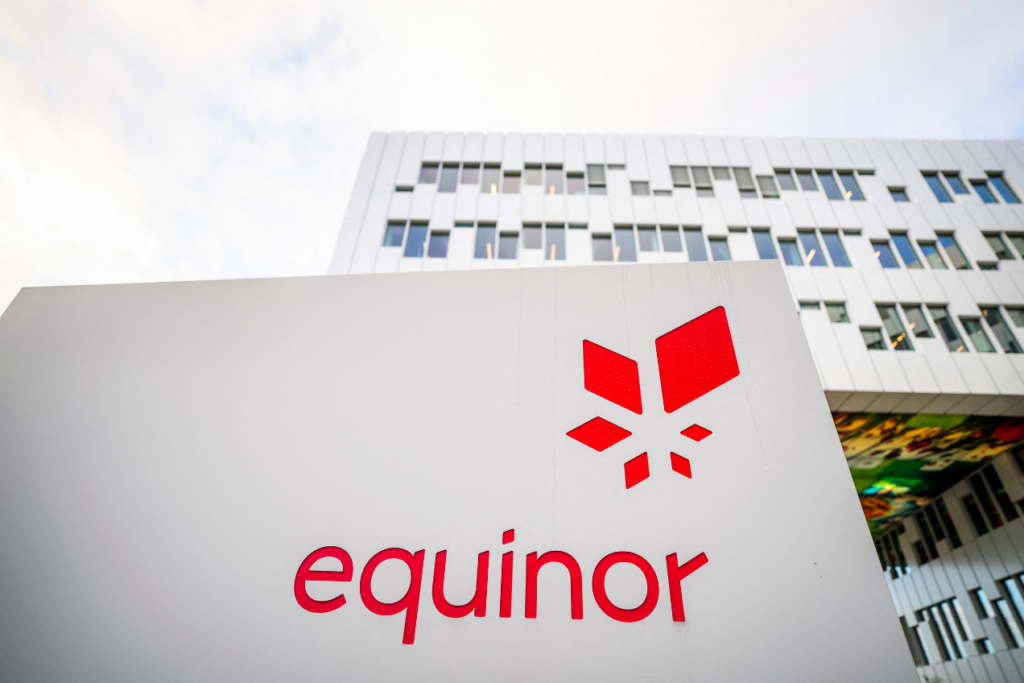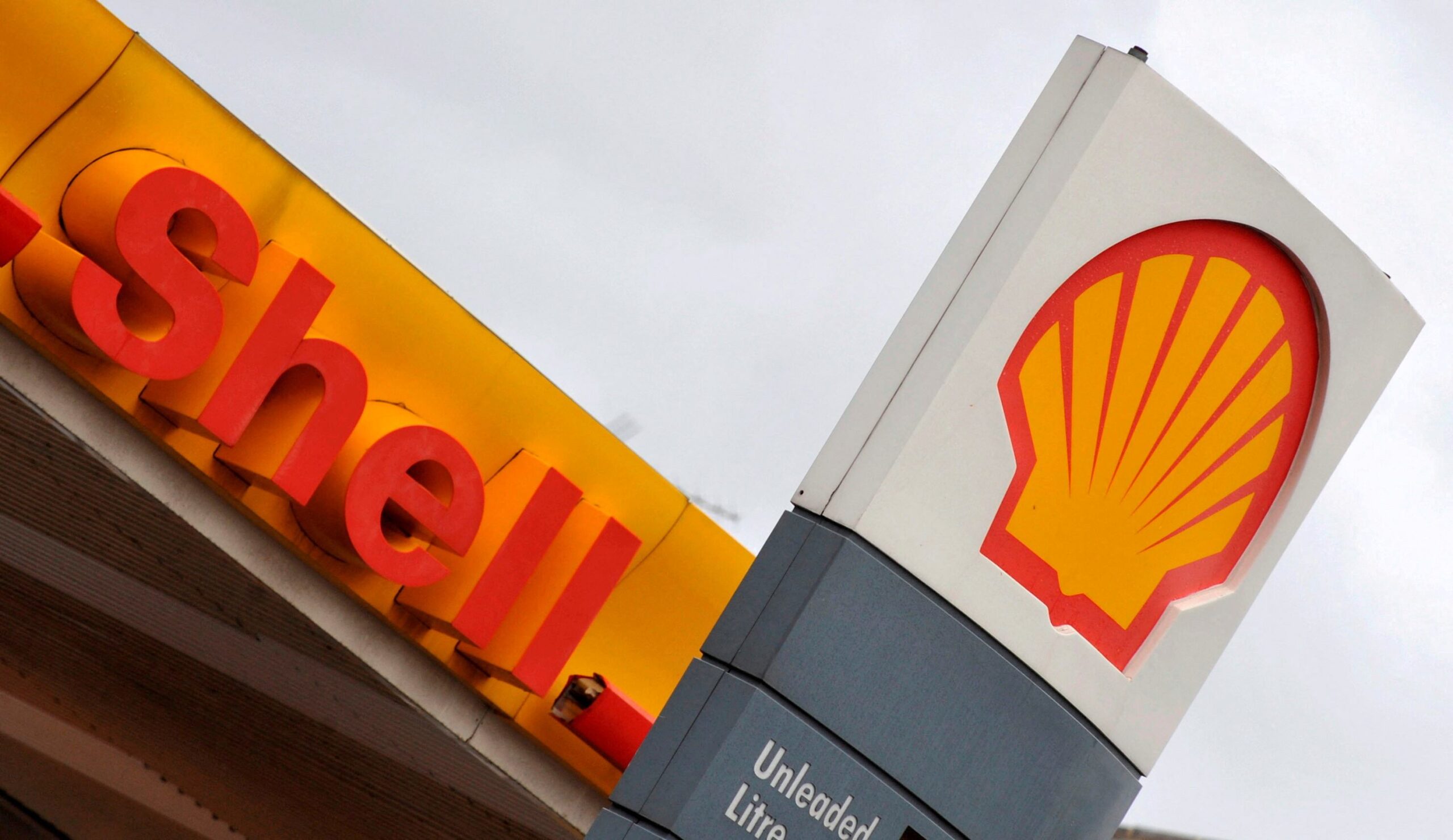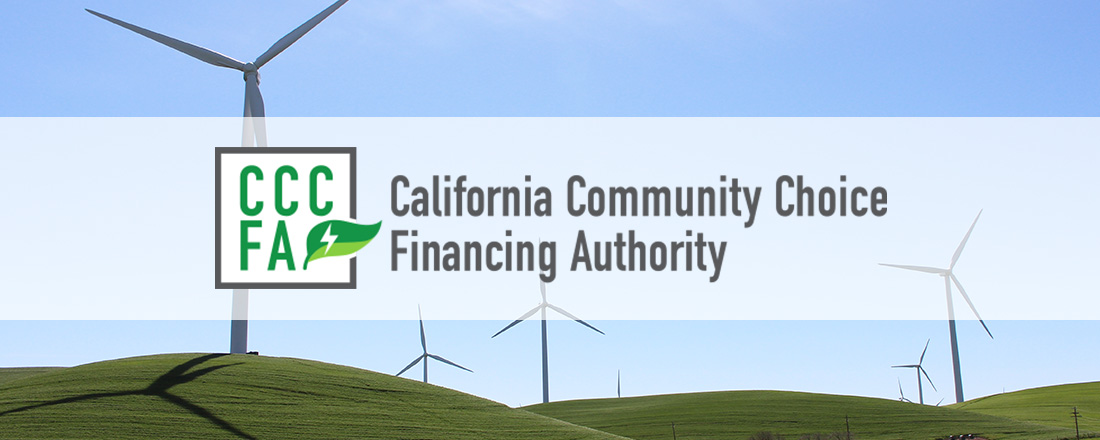US Freezes $5B Equinor Offshore Wind Project Amid Clean Energy Backlash

|
Listen to this story:
|
- $40B+ in offshore wind investments face risk following the federal halt of a key project.
- 90% of planned US offshore wind capacity could be jeopardized, per industry experts.
- Grid reliability and climate goals threatened as clean energy projects face political roadblocks.
The U.S. federal government has ordered an immediate halt to construction on Equinor’s $5 billion Empire Wind project, the largest offshore wind farm planned to serve New York City, signaling a sharp shift in U.S. energy policy.
U.S. Interior Secretary Doug Burgum issued the directive to Equinor, citing a “flawed and hastily conducted permitting process under the Biden administration.” The project, approved in late 2023 with a planned capacity of 810 megawatts, had already begun construction.

The suspension marks a significant blow to the offshore wind sector, which is already reeling from delays and exits by major players like Shell and TotalEnergies.
RELATED ARTICLE: Equinor and bp Bid for Third New York Offshore Wind Solicitation
Equinor said it would “engage” with the Interior Department to better understand the concerns. The Empire Wind development was projected to generate 1,000 jobs and was central to New York’s clean energy ambitions.
New York Governor Kathy Hochul condemned the move as federal overreach.
“I will not allow this federal over-reach to stand,” she said, reaffirming the state’s goal to source 70% of its electricity from renewables by 2030.

This decision follows President Trump’s January executive order pausing all new offshore wind leasing and mandating a review of already-approved projects—part of a wider rollback on clean energy policies.
The industry warns of deep repercussions.
“Doubling back to reconsider permits after projects are under construction sends a chilling signal to all energy investment,” said Jason Grumet, CEO of the American Clean Power Association. “These political reversals are bad policy, whether applied to pipelines or wind farms.”

Analysts are concerned that over 90% of the planned 60+ gigawatts in U.S. offshore wind capacity could be at risk. Rystad Energy called the situation “serious,” and the Oceantic Network noted that over $40 billion has already been invested in the sector.
Beyond the economic fallout, experts caution the decision could undermine grid reliability amid surging energy demands from U.S. manufacturing and AI development.
For C-suite leaders, investors, and energy executives, the message is clear: political instability now overshadows long-term renewable infrastructure investment in the U.S.
Follow ESG News on LinkedIn













